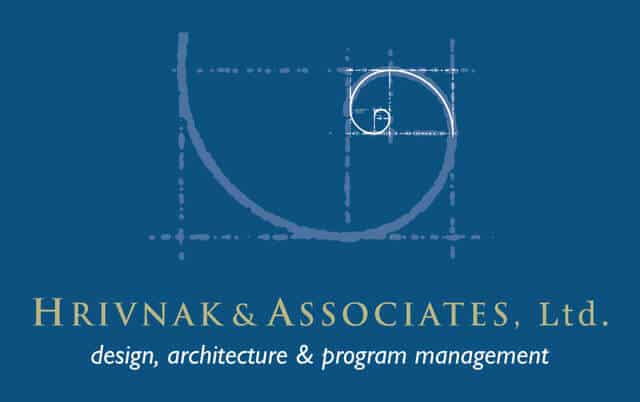Have you ever played a game of darts blindfolded? It can be fairly difficult to hit the target. Now, would you run your project the same way? I’m sure that you, like me, have found that there is a much better chance of hitting a target when you can see it. What that means is that, counter to most architects, when you hire me to design, it doesn’t mean I start designing. Instead, I say, “Let’s make sure we can see our target.” We take the time and make the effort in the pre-design phase to ensure you have a project that can succeed.
A good project –– one that accomplishes your goals, is optimally functional, and aesthetically delightful –– follows a logical process that starts with feasibility. I won’t do a project any other way.
Why not? Well, there have been a number of times where I’ve had to come in and clean up a mess for a project initiated by someone else who did not start with a strong pre-design phase. This is a project that goes right into design, and then into construction, without anyone thinking about whether the end result is marketable, meets users’ needs and, even more importantly, is affordable for the client.
I’ve seen organizations get much more building for a much higher price tag than they want, need, or can handle. One that springs to mind is an $8 million clinic in the state of Washington when all the facility they needed would have cost a fraction of that. Though the architects got paid for their design, the owners lost a lot of money. Another hospital, this one in Florida, went all the way through design without anyone doing sufficient code research and without examining feasibility. They got a projected $28 million facility when all they needed was $8 million; unfortunately, they ran out of money and did not build the project.
As much as you, and certainly I, want to delve into the design phase, STOP. Do the market and financial feasibility; develop the program and test it. If the project cannot be done on your budget, then don’t do the project.
We will all be better off, and have more integrity, if we do the testing and end up with no project than if we start a project that can’t be done. We’ll know the answer to that through the pre-design process. It includes:
Code research
Budget and market feasibility
Architecture program (how spaces will be used, what spaces are needed)
Zoning research
Talk to all stakeholders
Examples of the above in action: A suburb, population 2,000, can’t support a hotel. The C-suite of a corporation doesn’t have access to all the necessary information. For a mother-in-law addition, talk to the mother-in-law.
Let’s zero in on that middle item for a moment. Major business projects usually have many people around the table –– the C-suite, realtor, attorney, accountant, engineers. Who’s not there? Usually, the end user is not there. Instead, the end user –– often, the employee –– is left out of the pre-design phase in almost all cases. For a school building, talking to the kids or at least their teachers is important. For medical buildings, talk to the nurses, maybe even a representative group of patients. Most architects and most clients leave them out. These are important stakeholders.
Fundraisers often depend on pretty pictures to raise funds. Then when the money is raised, the architect realizes certain aspects can’t be done. The client gets a building that looks different from what was expected. Donors end up angry.
When your team’s process is “ready-fire-aim,” you are firing dollars. Instead, take the time to envision the target and aim for that through a logical pre-design phase. You will be much more likely to hit your target.
